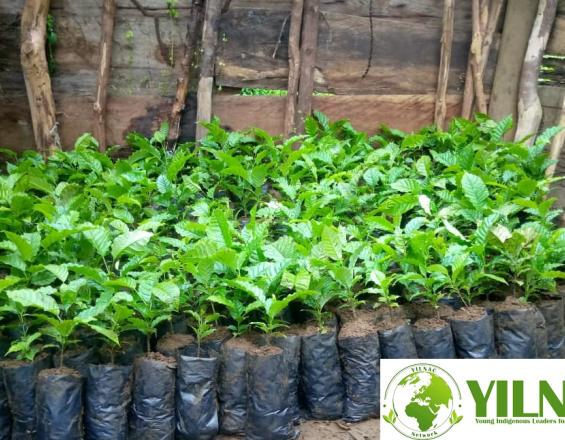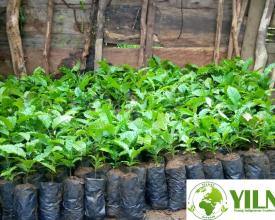
YILNAC Network supports young indigenous people in the restoration of community forests through the planting and rational management of traditional trees in the Mwenga Territory.

Young indigenous people living in the Mwenga Territory are faced with the overexploitation and advanced degradation of community forests, and this is having a negative impact on indigenous populations in the sense that young indigenous people used to concentrate on foraging for edible caterpillars in the Mwenga Territory. At present, community forests are unfortunately overexploited, degraded, affected by climate change and deprived of their biodiversity.
To remedy this situation, the Young Indigenous Leaders for Nature and Climate (YILNAC Network) has set up a project to support young indigenous people in restoring community forests by restoring 260 hectares of traditional tree species and managing traditional trees rationally, through the training of 180 young indigenous people in the Mwenga Territory.
This project was supported by Climate Change Africa Opportinuties (CCAO).
Context
Challenges addressed
Location
Impacts
From community mobilization of young indigenous people, capacity-building workshops, identification of traditional tree species, installation of nurseries and training of young indigenous people, to the launch of a tree-planting campaign, we have achieved the following results:
- 260 hectares restored to traditional species hosting edible caterpillars, i.e. 104,000 traditional trees planted in the community forests of Mwenga in the province of Sud-Kivu in the Democratic Republic of Congo;
- 8 local indigenous forest monitoring committees set up;
- 180 young indigenous people trained in the rational management of traditional caterpillar trees.
The implementation of this project is beneficial in that :
- It contributes to the fight against climate change: planting traditional caterpillar host trees in community forests helps reduce greenhouse gas emissions and global warming;
- It contributes to the fight against poverty, as it enables young indigenous people to create a source of income and helps improve the socio-economic conditions of indigenous families;
- It contributes to the fight against hunger, as the use of caterpillars as a food product helps to alleviate food insecurity.



